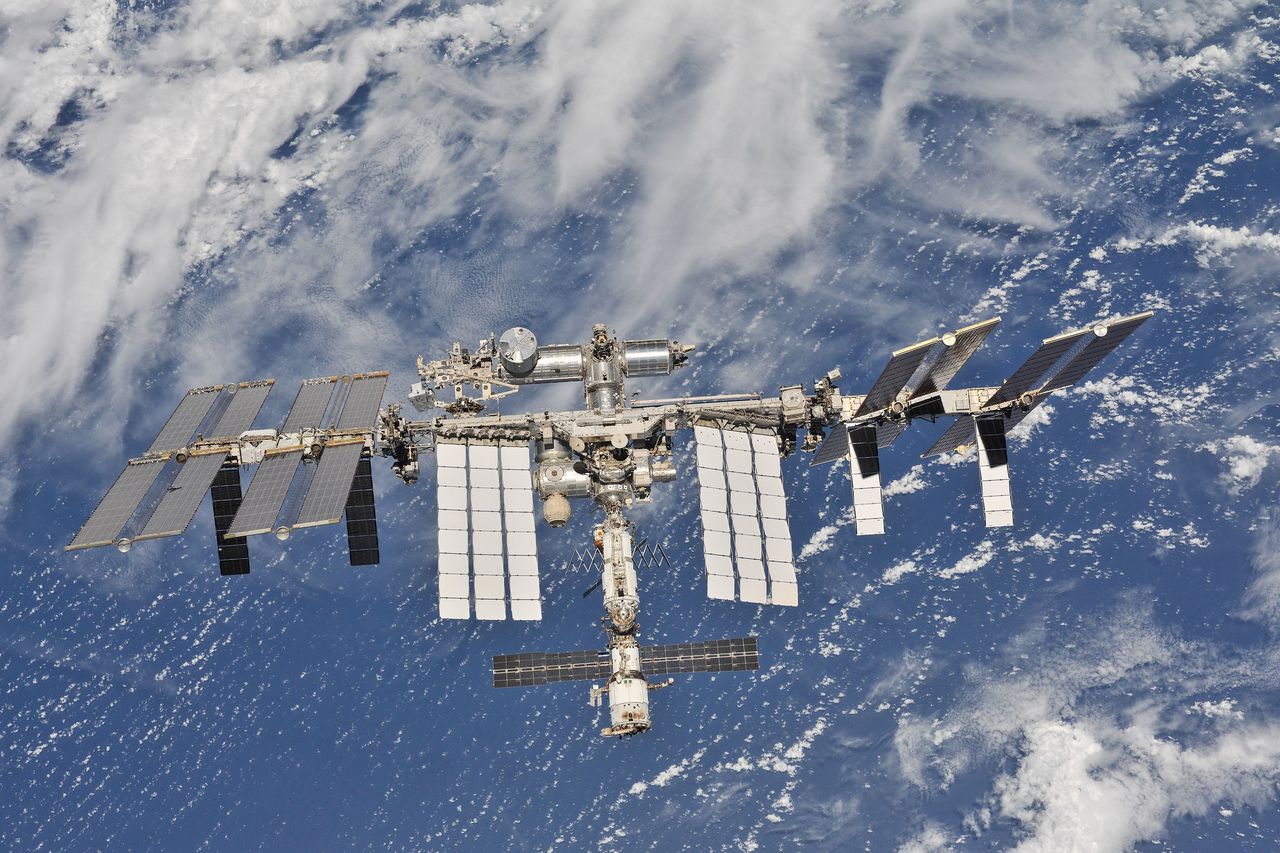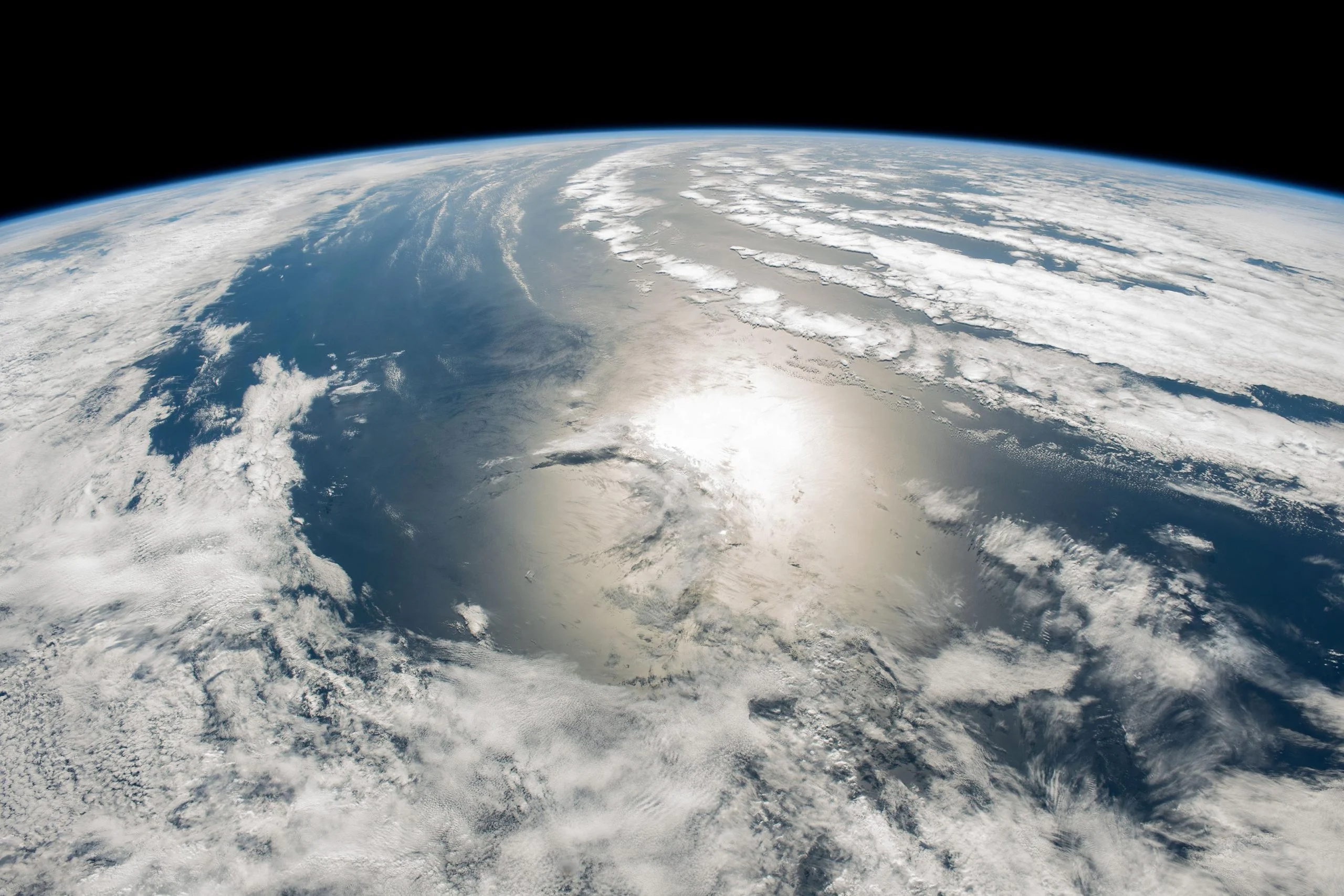Celebrating 25 Years Of The International Space Station (ISS) Assembly
Celebrating 25 years of the International Space Station (ISS) Assembly as on December 6, 1998, a significant chapter in human space exploration unfolded the ISS took its initial form in Earth's orbit.
Author:Hajra ShannonReviewer:Paula M. GrahamDec 07, 20233.3K Shares140.4K Views

Celebrating 25 years of the International Space Station (ISS) Assemblyas on December 6, 1998, a significant chapter in human space exploration unfolded the ISS took its initial form in Earth's orbit.
This momentous occasion marked the physical assembly of the ISS, with the attachment of the US-built Unity node to the Russian-built Zarya module by the crew aboard the space shuttle Endeavor.
As we commemorate the 25th anniversary of this extraordinary feat, we reflect on the remarkable milestones and breakthroughs achieved by one of humanity's most awe-inspiring marvels of engineering and international collaboration.
The Global Collaborative Effort
For over 23 years, the ISS has been home to researchers, orbiting the Earth 16 times every 24 hours at an astonishing speed of five miles per second.
This exceptional achievement is the result of collaboration among five space agencies from 15 countries: NASA, Roscosmos, ESA, JAXA, and CSA.
Together, they contributed to the assembly and operation of the ISS, showcasing the power of international cooperation in the realm of space exploration.
The roots of the ISS trace back to the early 1990s when two ambitious space station projects, the United States' Freedom and Russia's Mir-2, faced significant challenges.
Freedom grappled with funding issues, while Mir-2 encountered financial hardships following the Soviet Union's collapse.
In a remarkable turn of events, on September 2, 1993, the United States and Russia signed an agreement, merging their programs and giving birth to the concept of the ISS.
This historic collaboration, once deemed implausible, laid the foundation for the cosmic laboratory we celebrate today.
Construction, Expansion, And National Recognition
The years following the agreement witnessed a redesign to incorporate Russian technology into America's Freedom plans, a groundbreaking docking of NASA's Atlantis to Russia's Mir station, and the inclusion of funding and cooperation from Europe, Canada, and Japan.
In 1998, the ISS assembly began with Russia's launch of Zarya, culminating in the historic linkage of the two nations' space technologies. The first crewed mission embarked in 2000, laying the groundwork for subsequent crews.
The US Lab Module joined the station in 2001, increasing its onboard living space by 41 percent. In 2004, the US portion received national laboratory status, unlocking funding and research opportunities from diverse institutions.
A Floating Laboratory Of Discoveries
Throughout its more than 100,000 orbits of the Earth, the ISS has been a catalyst for groundbreaking research and discoveries.
Studies conducted on the ISS have significantly advanced our understanding of diseases such as Alzheimer's, Parkinson's, heart disease, and asthma. Protein crystal growth experiments on the ISS have led to developments in cancer treatment and other medical conditions.
The unique environment of the ISS has allowed researchers to delve into the intricacies of combustion through the study of "cool flames" burning at extremely low temperatures.
Insights gained from this research could revolutionize internal combustion engines, making them cleaner and more efficient.

Pioneering Research In Space Medicine And Quantum
ISS research has played a crucial role in unraveling the mysteries of human muscle atrophy and bone loss in microgravity. The findings not only benefit astronauts but also contribute to medical advancements on Earth, aiding patients with conditions such as osteoporosis.
The ISS has pioneered water purification systems to sustain astronauts over extended periods. Remarkably, 98 percent of astronauts' urine and sweat is recycled using efficient systems.
This technology has found applications in agriculture, disaster relief, and aid provision for less developed areas on Earth.
Aboard the ISS, astronauts have delved into the mysteries of the "fifth state of matter," the Bose-Einstein Condensate (BEC). The ISS's Cold Atom Lab successfully produced BEC in orbit for the first time in 2018.
This research is pivotal for advancing quantum physics studies and developing more advanced quantum technologies.
Reflecting On 25 Years Of Space Station Excellence
As the ISS approaches its 25th anniversary, plans for its decommissioning in January 2031 are already in motion. The aging infrastructure and the escalating costs of maintenance make the ISS increasingly challenging to sustain.
Government and commercial orbital labs are expected to assume its role in the years following its decommissioning.
The decommissioning process will involve a controlled deorbit, ensuring a safe descent into the remote area of the South Pacific Ocean.
NASA's meticulous planning includes allowing the ISS to degrade from its orbit about a year before the decommissioning date. Uncrewed space vehicles will aid in propelling the ISS back Earthward, concluding its remarkable journey.
To celebrate the 25th anniversary of the Zarya and Unity modules' historic linkage, all seven space station crew members gathered in the Harmony module for a live television conference.
The event featured a call from NASA Associate Administrator Bob Cabana and International Space Station Program Manager Joel Montalbano, discussing the ISS's evolution and its profound impact on Earth and space industries.
Final Words
The 25th anniversary of the International Space Station (ISS) assembly is a celebration of engineering and collaboration, showcasing the boundless possibilities of international cooperation in space exploration.
The ISS has advanced science and medicine, pushing boundaries of human knowledge. As the ISS decommissions in 2031, new frontiers in space exploration are set.

Hajra Shannon
Author

Paula M. Graham
Reviewer
Latest Articles
Popular Articles